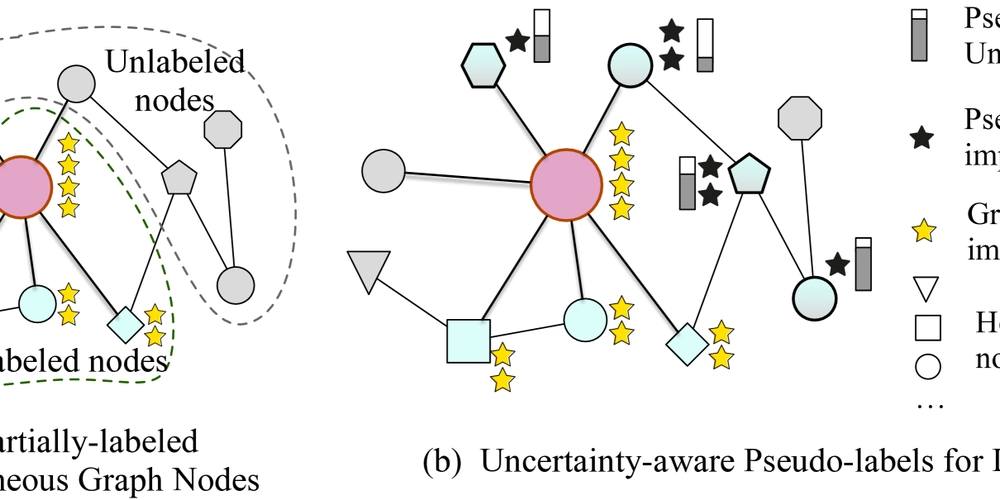Mastering Azure API Management Policies with 3 Practical Cases
Azure API Management service (APIM) comes with a rich policy library that enables you to manage, secure, and manipulate requests/responses in a centralized and scalable way. With over 70+ types of policies, however, it's easy to be lost. In this post, I'll walk you through 3 real-world, use-case scenarios that illustrate how to successfully compose these policies together. Each case contains a full policy block and a short description of every policy used. Let's begin. ✨ Case 1: Securing and Optimizing an AI-Powered API Scenario: You're building an API that connects to Azure OpenAI. The API must be secure, enforce token limits, cache responses intelligently, and log usage for cost control. v1 AzureAPIM @{ return "Tokens used: " + context.Variables["total_tokens"]; } Explanation: validate-jwt: Ensures only authorized users access the API. rate-limit: Prevents abuse by throttling calls. azure-openai-token-limit & emit-token-metric: Enforces OpenAI token constraints and usage logging. semantic-cache-lookup/store & cache-lookup/store: Layered caching improves performance. check-header: Validates required custom headers. set-header: Adds branding info. log-to-eventhub: Sends logs to Event Hub for auditing. ⚡ Case 2: Internal Microservices Gateway with Data Transformations Scenario: You’re building a gateway API for internal microservices that include Dapr bindings, Cosmos DB access, and advanced XML/JSON transformations. SELECT * FROM c WHERE c.type = 'event' https://other-microservice/api Explanation: authentication-managed-identity: Secure Cosmos DB access. json-to-xml / xml-to-json: Flexible data formatting. invoke-dapr-binding: Triggers Dapr components. cosmosdb-data-source: Pulls data into pipeline. limit-concurrency: Prevents overload. send-request: Connects to another internal API. find-and-replace: Cleans outbound data. emit-metric: Custom usage metric.

Azure API Management service (APIM) comes with a rich policy library that enables you to manage, secure, and manipulate requests/responses in a centralized and scalable way. With over 70+ types of policies, however, it's easy to be lost. In this post, I'll walk you through 3 real-world, use-case scenarios that illustrate how to successfully compose these policies together.
Each case contains a full policy block and a short description of every policy used. Let's begin.
✨ Case 1: Securing and Optimizing an AI-Powered API
Scenario:
You're building an API that connects to Azure OpenAI. The API must be secure, enforce token limits, cache responses intelligently, and log usage for cost control.
header-name="Authorization" failed-validation-httpcode="401" failed-validation-error-message="Unauthorized">
url="https://login.microsoftonline.com/YOUR-TENANT/v2.0/.well-known/openid-configuration" />
calls="100" renewal-period="60" />
max-tokens="2048" />
name="total_tokens" />
/>
vary-by-developer="true" />
name="x-api-version" failed-check-httpcode="400" failed-check-error-message="Missing API version header">
name="x-powered-by" exists-action="override">
/>
duration="300" />
/>
logger-id="openai-logger">
@{ return "Tokens used: " + context.Variables["total_tokens"]; }
Explanation:
-
validate-jwt: Ensures only authorized users access the API. -
rate-limit: Prevents abuse by throttling calls. -
azure-openai-token-limit&emit-token-metric: Enforces OpenAI token constraints and usage logging. -
semantic-cache-lookup/store&cache-lookup/store: Layered caching improves performance. -
check-header: Validates required custom headers. -
set-header: Adds branding info. -
log-to-eventhub: Sends logs to Event Hub for auditing.
⚡ Case 2: Internal Microservices Gateway with Data Transformations
Scenario:
You’re building a gateway API for internal microservices that include Dapr bindings, Cosmos DB access, and advanced XML/JSON transformations.
resource="https://cosmos.azure.com/" />
base-url="https://microservice.internal" />
max-size="102400" />
apply="always" />
binding-name="sendEmail" operation="create" />
count="10" />
name="env" value="internal" />
mode="new">
apply="always" />
from="error" to="issue" />
name="microservice_usage" value="1" />
Explanation:
-
authentication-managed-identity: Secure Cosmos DB access. -
json-to-xml / xml-to-json: Flexible data formatting. -
invoke-dapr-binding: Triggers Dapr components. -
cosmosdb-data-source: Pulls data into pipeline. -
limit-concurrency: Prevents overload. -
send-request: Connects to another internal API. -
find-and-replace: Cleans outbound data. -
emit-metric: Custom usage metric.



































































![Apple Watch Series 10 Back On Sale for $299! [Lowest Price Ever]](https://www.iclarified.com/images/news/96657/96657/96657-640.jpg)
![Apple Slips to Fifth in China's Smartphone Market with 9% Decline [Report]](https://www.iclarified.com/images/news/97065/97065/97065-640.jpg)
![EU Postpones Apple App Store Fines Amid Tariff Negotiations [Report]](https://www.iclarified.com/images/news/97068/97068/97068-640.jpg)








































































































_Andreas_Prott_Alamy.jpg?width=1280&auto=webp&quality=80&disable=upscale#)






















































































![[The AI Show Episode 144]: ChatGPT’s New Memory, Shopify CEO’s Leaked “AI First” Memo, Google Cloud Next Releases, o3 and o4-mini Coming Soon & Llama 4’s Rocky Launch](https://www.marketingaiinstitute.com/hubfs/ep%20144%20cover.png)







































































































































![How to Work With HAR Files: A Step-by-Step Guide [With Examples]](https://media2.dev.to/dynamic/image/width=800%2Cheight=%2Cfit=scale-down%2Cgravity=auto%2Cformat=auto/https%3A%2F%2Fdev-to-uploads.s3.amazonaws.com%2Fuploads%2Farticles%2F5wovh8gozs51ofbg0nks.png)
































































































